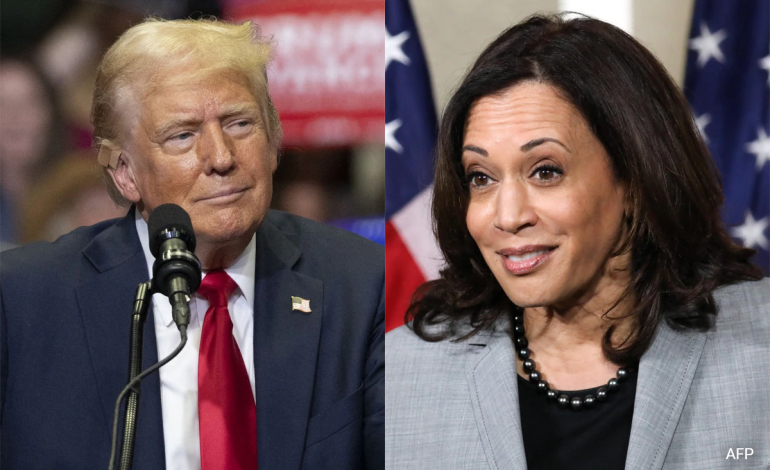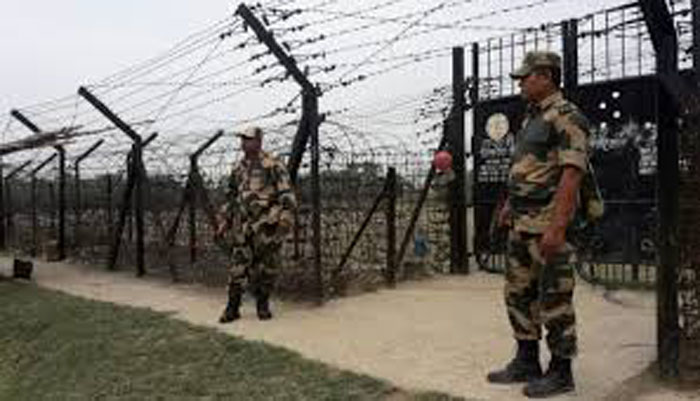A Push to Bring Manufacturing Jobs Back to America
Both Vice President Kamala Harris and former President Donald Trump have pledged to revitalize U.S. manufacturing, but turning this vision into reality is proving to be a significant challenge. Despite substantial investments under President Joe Biden, the industry is still facing hurdles after its initial recovery from the COVID-19 pandemic.
Biden’s Investments in U.S. Manufacturing
Under the Biden administration, the U.S. manufacturing sector has received billions in investments, including $53 billion from the CHIPS and Science Act aimed at boosting semiconductor production, as well as funding from the $1.2 trillion bipartisan infrastructure package. These initiatives have spurred private investments, particularly in construction, yet overall job recovery remains slow.
Stagnant Growth in Manufacturing Employment
Despite these efforts, the U.S. manufacturing workforce has seen only a slight increase, with employment in August just 1.2% higher than pre-pandemic levels in February 2020. The sector has lost jobs in four of the last eight months, and surveys point to low demand and rising costs, which continue to weigh heavily on the industry’s future.
Harris and Trump’s Economic Plans
Harris, during a speech in Pittsburgh, emphasized tax cuts for the middle class, increased deductions for startups, and investments in emerging technologies like biomanufacturing, clean energy, and AI. Meanwhile, Trump outlined his economic vision in Savannah, promising to lower corporate taxes, impose higher tariffs, and reduce regulations to encourage manufacturers to shift production from countries like China and Germany back to the U.S.
Ongoing Challenges in U.S. Manufacturing
Manufacturers are currently dealing with a range of challenges, from sluggish demand and high interest rates to uncertainties surrounding the upcoming presidential election. Many companies are hesitant to expand or hire until these uncertainties are resolved. Rising costs of production and international competition, particularly from Chinese companies like BYD, further strain the industry.
Potential for Recovery, but Uncertain Timeline
While the Federal Reserve’s recent interest rate cuts could provide some relief to businesses, the manufacturing sector remains in a prolonged downturn. Despite consistent investment in key areas like semiconductors, a clear path to recovery has not yet emerged. Both Harris and Trump face an uphill battle in their bid to restore U.S. manufacturing to its former strength.






